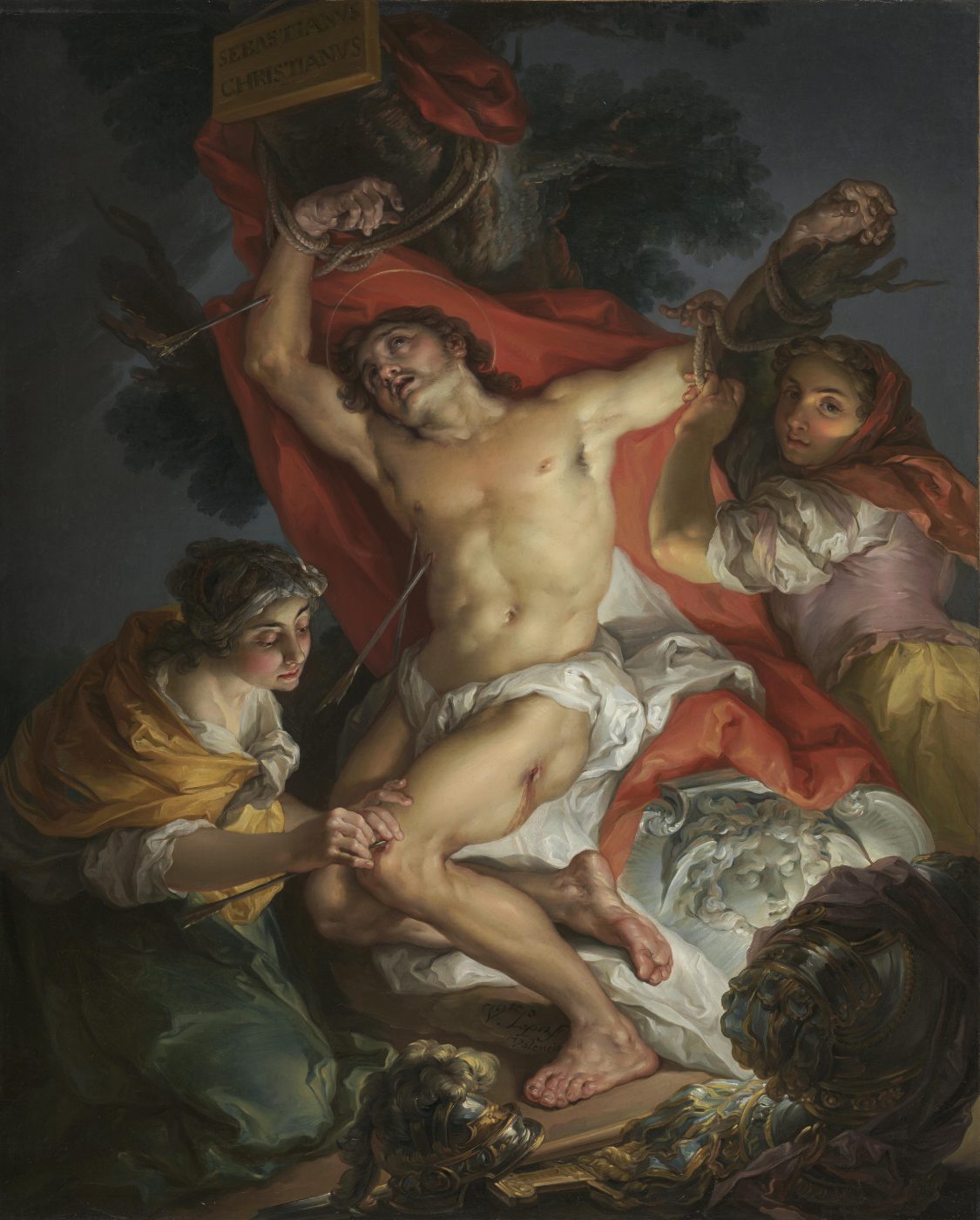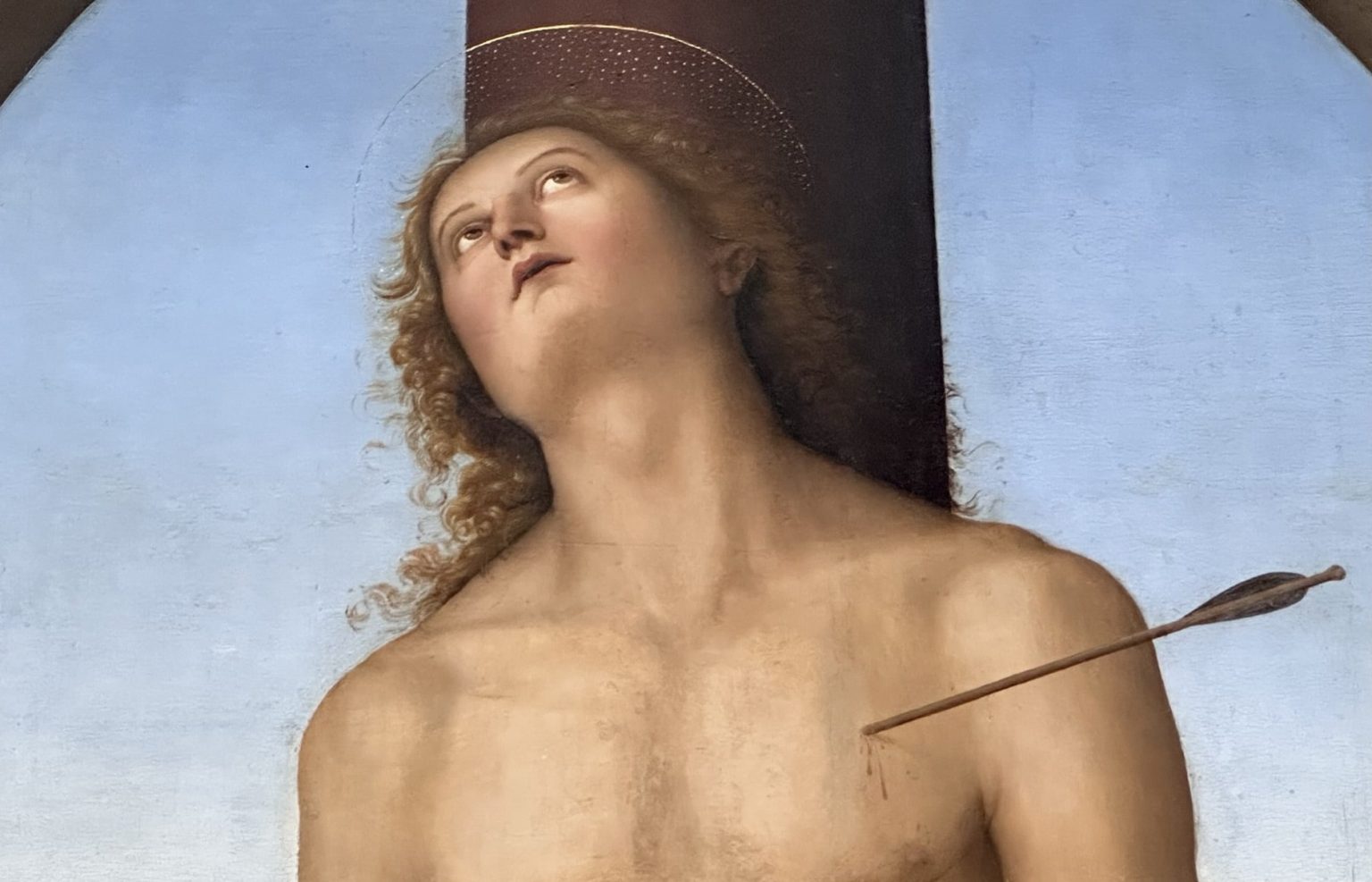A Roman soldier’s devotion to his faith who firmly followed and spread his belief in dangerous times for Christians. Learn more about Saint Sebastian, who openly followed his faith, despite laws and abuse, ultimately leading to his death.
Who is Saint Sebastian an what is he known for?
Saint Sebastian is a Christian martyr and ancient Roman soldier in the 3rd century who is known for his association with archery symbolism, and his representation of determined faith during a time of oppression and abuse in the Roman Empire, see article. Saint Sebastian was killed for his open practice of Christianity by soldiers, following the orders of the Roman Emperor. The most iconic image associated with him is his portrayal being shot with arrows.
He is seen as the Patron Saint of archers. His resilience and miraculous survival of the arrow attack make him a symbol of courage and devotion in Christian hagiography. On January 20th in the Roman Catholic calendar, people celebrate his Feast day to honor him. A special day dedicated to remembering his life and martyrdom.
Sebastian’s story is illustrated in many forms of religious medieval art, sculptures, and paintings. Believers seek his intercession in times of illness or adversity, remembering him for his assistance. His relics hold a special place in Christian veneration, contributing to the spiritual practices of those who admire his commitment.
Saint Sebastian’s Early Life and Death
It is believed that Saint Sebastian was born in the 3rd century in the city of Narbonne in Gaul (today modern-day France). He was born into a Christian family, embracing faith growing up. As he reached adulthood, Sebastian chose to become a Roman soldier, an interesting decision given the complex relationship between Christianity and the Roman Empire at the time.
In his early years, Saint Sebastian lived in Milan, eventually becoming a bodyguard officer of Emperors Diocletian and Maximian. Despite being the captain of the Praetorian Guard, he openly declared his religion and assisted Christians in need. In response, Diocletian ordered his execution, and he was shot by Numidian archers. Surprisingly, Sebastian survived and a kind widow named Irene cared for him. He returned to Diocletian, proclaiming his faith again which led to his second execution, being beaten with clubs in a public arena. His dead body was thrown into a drainage ditch and was later recovered by Christians. He was laid to rest in the Sebastian Catacomb. The church of San Sebastiano Fuori le mura was constructed over his burial site in the 4th century.
Saint Sebastians most famous quote:
The devil strains every nerve to secure the souls which belong to Christ. We should not grudge our toil wrestling them from Satan and giving them back to God.
— ST. SEBASTIAN
How did Saint Sebastian defy his Emperor?
Saint Sebastian defied his Emperor Diocletian, because of his commitment to the Christian faith. The authorities, including the emperor, considered Christianity as a threat to traditional Roman religious practices. Despite being a Roman soldier, Sebastian openly practiced Christianity and chose to prioritize his faith over the orders of the Emperor. Using his position, he aided and comforted those imprisoned for their faith, even converting some of his fellow soldiers and a governor. When his activities were eventually discovered, Emperor Diocletian felt personally betrayed. Despite immense pressure and the threat of death, he refused to renounce his faith.
Why is Saint Sebastian considered a martyr?
Saint Sebastian is considered a martyr because he underwent torture and sacrificed his life for his Christian faith. The term “martyr” refers to someone who willingly suffers and dies for their religious beliefs. Sebastian’s martyrdom is associated with the Roman Empire’s aggression towards Christians during the 3rd century. In the end, Sebastian met his martyrdom through other means; being beaten to death.
Famous St. Sebastian art at the End of this article ↓

Image: LookAndLearn

Why is Sebastian the saint of plague?
People often invoke Saint Sebastian as the patron saint against the plague due to historical associations and popular devotion. During times of epidemics, including the bubonic plague in medieval Europe, people turned to saints for prayers and protection. People saw the idea of his survival against the arrows as a symbol of hope and protection against the deadly effects of the bubonic plague, also known as the Black Death in medieval Europe.
Over time, Saint Sebastian became associated not only with archers but also with the broader concept of pestilence and infectious diseases. While the scientific understanding of diseases has evolved, the association of Saint Sebastian with the plague remains within religious tradition and cultural practices. Today, people still recognize him as a patron saint against the plague, turning to him in times of health crises and pandemics, seeking spiritual comfort.
See more of: Famous St. Sebastian artworks
FAQ
1. Are there any churches or landmarks dedicated to St. Sebastian?
Yes, there are numerous churches and landmarks dedicated to Saint Sebastian around the world. Some examples include the Basilica of San Sebastiano fuori le mura in Rome, Italy, and the Church of St. Sebastian in Munich, Germany.
2. Behind it’s name: What is Saint Sebastian Cheesecake?
Does this famous cheesecake have anything to do with Saint Sebastian? Not at all! This delicious cheesecake originates from the old town of San Sebastian in Spain, standing out for its creaminess smooth taste and and signature flamed top. You can read more about the creation of St. Sebastian Cheesecake in these lovely articles:
– The true story behind the burnt Basque cheesecake Interview / Condé Nast Traveller
– The story behind Basque burnt cheesecake / National Geographic
Hope you enjoyed this article
Thank you for reading 😉 !



